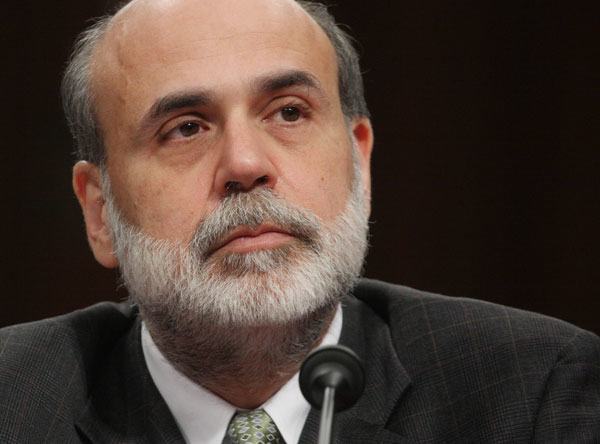
Elections Are Often Decided By Short Term Economic Performance Which Can Be Influenced By Federal Reserve Decisions Effects
Democracy, elections
Center for Financial Stability New Money Supply Data: Money, Elections, and the Fed
Center for Financial Stability (CFS) money supply data for September 2012, released today, provides a barometer to evaluate money, the Fed, and the US financial system. Many ponder the role of the Federal Reserve during election cycles, despite the fact that the Fed is importantly independent. Nonetheless, monetary swings unequivocally influence the business cycle and may have unintended consequences on elections.
“The run-up to the present presidential election marks the second largest stimulative monetary effort by the Fed since the late 1960s,” according to CFS President Lawrence Goodman. The expansion of total reserves at the Fed is now 45% over the two year period ending in September 2012. The only more activist monetary stance over the last 45 years was before the 2008 presidential election – when total reserves increased by 139%. In contrast, the often referenced period before the 1972 election marked only the sixth largest surge in total reserves over the same span of nearly five decades.
CFS money supply (DM4) tells the story of a limited response to the latest round of Fed easing, in contrast to a more effective monetary impulse prior to the 2008 election. For instance, DM4 is up a scant 5% in the two year period ending with this month’s CFS monetary data relative to a more impressive 17% in the period prior to the 2008 election. In other words, “benefits from an expansion in the Fed’s balance sheet are dubious, due to a clogged monetary transmission mechanism” according to CFS’s Goodman. To put this in perspective, the present expansion of money in the entire economy is now even lower than it was during the period before the 1980 elections, when Chairman Volcker purposefully and aggressively tightened the monetary reigns.
Not surprisingly, the largest pre-election monetary expansions – based on the broad CFS aggregates – were before the 1972 and 1976 elections, when inflation pushed into double digits. The good news for today is inflationary pressures remain subdued, for now.
Observations this Month
Center for Financial Stability (CFS) money supply data for September 2012 suggests that the economy has likely bottomed. However, growth remains well below potential nearly four years into the recovery.
CFS Divisia M4 (DM4) for September advanced by 4.3% on a year-over-year basis. As the performance of the broadest money supply measure was clouded by large issuance of Treasury bills to fund the budget deficit, the broad money supply excluding Treasury bills (DM4-) provides a clearer picture of the private sector. DM4- gained a low, but improving, 3.7% on a year-over year basis relative to 3.3% one year earlier.
Leave a Reply